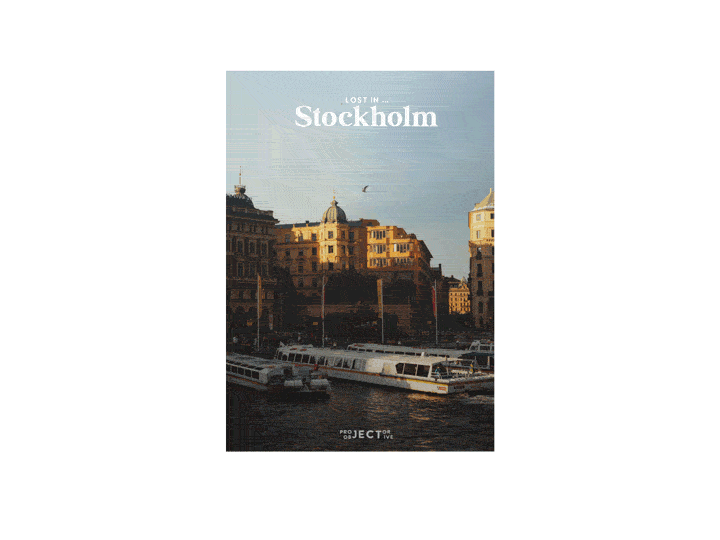I accidentally bought another film camera...
Or my first few frames with the Contax RTS
I need to quote one of our greatest philosophers…
“Oops!...I Did It Again”
Okay, so here’s my excuse…
I have been having a blast shooting with my blad recently, so much so that I have been a bit obsessed with the Zeiss optics. I’ve always been a sucker for Sonnar lenses. Unlike the majority of modern lenses, Zeiss optics tend to have a classical and not too clinical look to them.
I was originally going to buy it for a lens review on a digital body. I figured buying an old C/Y Mount version was going to be the cheapest way of getting hold of a more modern Plannar. I wanted to compare it to the 80mm Plannar on my Hasselblad. Does it render the same, does it have similar characteristics, is it as sharp? I thought it would be an interesting little test.
Let the hunt begin!
I started looking in my usual places, Skears, Wycameras, Mr. Cad. I did see one lens priced at £99, it was the 50mm Plannar 1.7. A hundred quid for a standard 50mm seemed a bit steep to me but bearing in mind the faster 1.4 fetches around £300. Thought about the lens over that evening.
I’ve done this a thousand times before, thought about something overnight and the next morning it’s gone! I was kicking myself. Looking on eBay, most sellers were listing the same lens for £150 which disheartened me slightly.
I have previously picked up lenses with fungus and cleaned them up. It’s a good way of getting a bargain if you are brave enough. I started searching for fungus or for parts listings, what I found was these already hard-to-come-by lenses, even harder to come by for parts.
Whilst I couldn’t find any lenses I did find some for parts cameras. The camera that sparked the most interest to me was one listed as “overwound”.
Worth a gamble
I’ve repaired a couple of cameras so I thought it might still be worth bidding on. I recalled seeing a comparison of the mechanism in the FM2 vs A Contax SLR on one of the numerous photography repair forums I scout around. My first thought was that it could be suffering from the same issue some FMs have when they haven’t been used for a while.
I only really wanted the lens if I couldn’t get the body working I would of either relisted it for parts or kept it as a paperweight.
To cut a long story short, I entered my maximum bid and I won! I actually paid less for the lot than I thought it would go for. A bargain is a bargain, 80 quid!
Showing off aside, the camera was delivered to me last Friday. The lens was in great condition, the barrel was a little dusty and the camera and strap had that classic camera “sat in a draw or attic” smell to it. The rubber leatherette was also starting to peel and had gone sticky so I had to remedy that. To my surprise, the camera had a battery within the chamber. Thankfully there was no corrosion, the battery was an old x4 LR44, judging by the look of it possibly the original one from its purchase.
I knew it was listed for parts but I thought… “what if?”
Eureka!
it’s safe to say I was rather happy with the discovery of the camera fully working!
I immediately loaded it with the only black and white stock I had. A roll of Bergger Pancro 400, it’s one of my favorite film stocks and I hadn’t shot it in a while so I figured it would be a good test.
It feels pretty rare that everything works out alright with me, but I am so glad I didn’t purchase the lens for £99.
The camera
The Contax RTS was first introduced in 1975 and was aimed at the professional market. The Contax SLRs came out of a partnership between Zeiss in Germany and Yashica in Japan. The RTS in the name stands for “real-time shutter”. This camera was impressive at the time boasting a 2000th of a second shutter speed with a horizontal cloth shutter, aperture priority, and a great selection of lenses from both Zeiss and Yashica. An oddity of the camera lies with the RTS itself.
The shutter
The camera features what Contax called a “feather-like touch” shutter release. The travel of the button is less than a millimeter. Contax’s reasoning for such a sensitive shutter button was that it was designed to combat camera shake from the depression of the shutter. There is no half-press, meter readings are made with the use of an additional button on the front of the camera.
The build
The camera is solid. People often liken things to being built like a tank. In the Contax’s case, I feel that’s an insult to the camera. I feel it’s built like a Royce! I also own a Leica R6 although that camera is a WIP repair. I need a replacement shutter from a Minolta XD-7/11. The Contax’s build even outdoes the Leica in my opinion. The only issue I have is that the rubber is degrading on my model which I will replace at a later date.
The lens
Arguably the main event, as previously mentioned there is a 1.4 version of the lens which is made of metal and came with the camera when it was first released. The 1.7 was introduced as a budget version later and is made from plastic. It’s still built well and has the advantage of being lighter because of its construction.
Plannar lenses are usually made up of six elements in four groups and have been since their inception in 1896. This lens is pretty sharp I’ve only put one roll through it but so far the results have been very pleasing and I look forward to shooting the roll of Portra I loaded shortly after developing my Pancro.
New camera new mirror selfie you know the drill!
Conclusion
In my opinion, the RTS is a great camera, that being said I wouldn’t recommend the camera to someone looking to get into film photography. This camera series is similar to Leica in regards to it being much more based around the luxury of Zeiss and the build. The features of the camera were groundbreaking at the time but much like cameras of today the technology moves on so fast. If you wanted to shoot the Zeiss glass you could always look at the Yashica line as they have the same lens mount and also offer some really good Yashinon lenses.
I aim to keep these articles free!
That said it does cost money to host this website. For your consideration I will advertise my own products below that will go towards keeping this website up and running for the foreseeable future.












